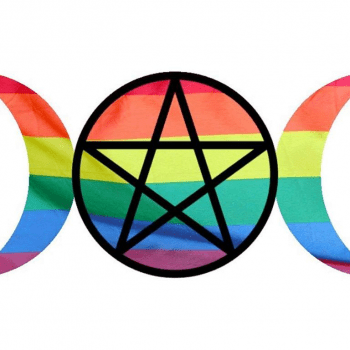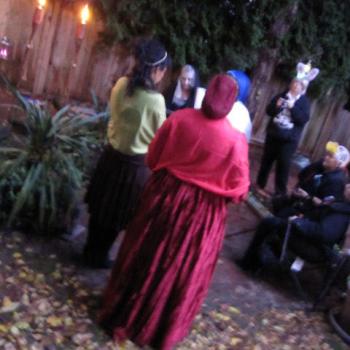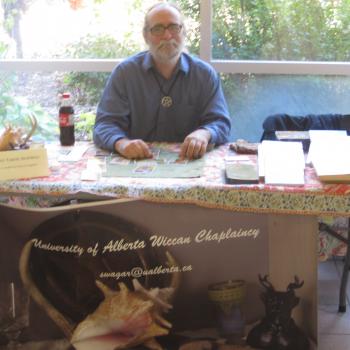” We are to recognize that all that comes into being must be ready for a sorrowful end. We are really for a brief moment Primordial Being itself, feeling its raging desire for existence and joy in existence; the struggle, the pain, the destruction of phenomena, now appear to us a necessary thing . We are pierced by the maddening sting of these pains just when we have become, as it were, one with the primordial joy in existence … In spite of fear and pity, we are the happy living beings, not as individuals, but as the one living being, with whose creative joy we are united.” – Friedrich Nietzsche
“Ecstatic behavior, in other words, is learned behavior and as such conforms to cultural expectations and patterns. Societies that incorporate trance and ecstasy as an institutional part of religion have procedures for dealing with spontaneous occurrences of trance that channel the subject into a particular religious path. Trance and ecstasy have specific roles that are managed by experts.” – Sabina Magliocco
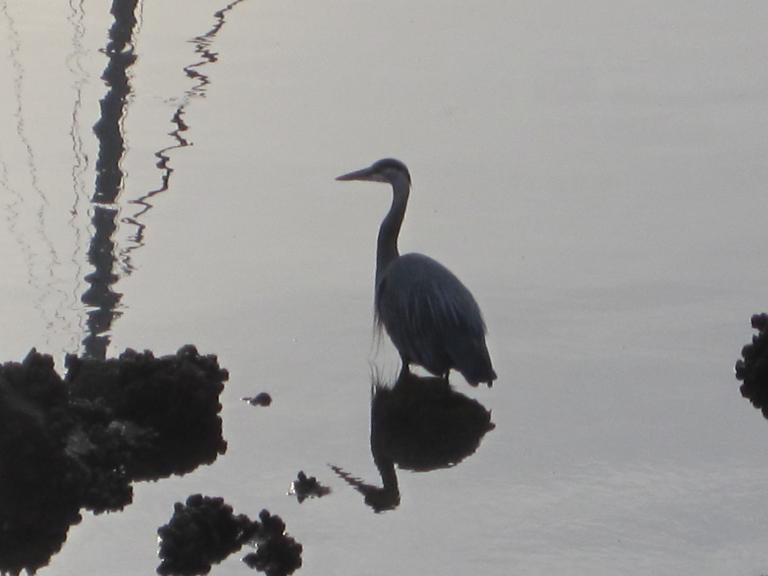
Ritual is often concerned with practical matters – with bringing things together (in marriage, for example), breaking things apart, ordering transitions from one state to another (Initiations, but also taking oaths of office), and with, in general, lubricating and honouring the regular transitions and changes of life. By so doing it reduces the tension around these changes, and it legitimates the transitions to reduce conflict in general and increase social harmony.
Ritual is a way of reshaping and fixing our memories. It is a method of history-making. Memory is not history, in the sense of not being an accurate record of the facts of the past supported as best as possible by appeals to evidence that is accessible to anyone that wants to check. Memory is, instead, a story that we tell ourselves about our past, that we are constantly editing and revising to suit who we are and the emotional and practical needs that the story fulfills for us right now. It is “historical fiction”. Facts drop in and out of memory depending on the needs of the story. Our belief in a coherent, consistent self inside a single consistent narrative is an illusion that we hold onto tenaciously. We claim that our memory grants experience authenticity and that sincere memory is more accurate than history, which it is not.

Ritual takes memory out of our heads and our individual subjectivity and creates a collective and communal shared experience, whose elements are selected for the effect desired by the ritual leaders (often community elders) and which is equally a fiction. It also, as soon as the ritual is experienced, is endlessly modified through the individual memories of each ritual participant. With literacy scripts are fixed and memory and ritual seem more like history. The experience and the natural editing of memory remain, thankfully, beyond even the most skilful ritualists’ control.
However, with its limitations, ritual like the secular rituals of swearing in the Prime Minister and Cabinet, the ritual gatherings of crowds with Canadian flags on the overpasses and along the Highway of Heroes to honour the soldiers killed in the Afghanistan War whenever a body was brought back and transported from Trenton to Toronto, the laying of wreaths at the Legion cenotaphs each Remembrance Day (November 11th), induction into the Order of Canada, even the Academy Awards’ presentations, creates a community.
The imagined communities of nation-states are created and renewed through these rituals of history and through a myriad of others. Ritual is sometimes seen as ‘just theatre’, because it appeals to the aesthetic and emotional parts as well as the rational parts of a person. In fact a ritual is a whole that includes these several parts and different motives. Ritual that does not produce engagement or pleasure is going to be weak and not effective in pulling in the participants to solve their problems or look at their lives. So, rhetorical devices, poetry, movement, dance, smells and sounds and colours, textures, spectacle and costume are all legitimate parts of ritual – not only for their own sake in the “art for art’s sake” way, but as means to the end of creating an absorbing and powerful experience for participants.
Ritual purposes are fundamentally teaching, or literary, and many rituals are cool and disengaged with few elements of spectacle, like a sermon or a person taking an Oath of office, or being awarded a medal. I am dealing with other types of rituals, in which the experience is the message, where the splendour and joy and celebration is a significant part of the point, the Dionysian counterpoint, if you would.
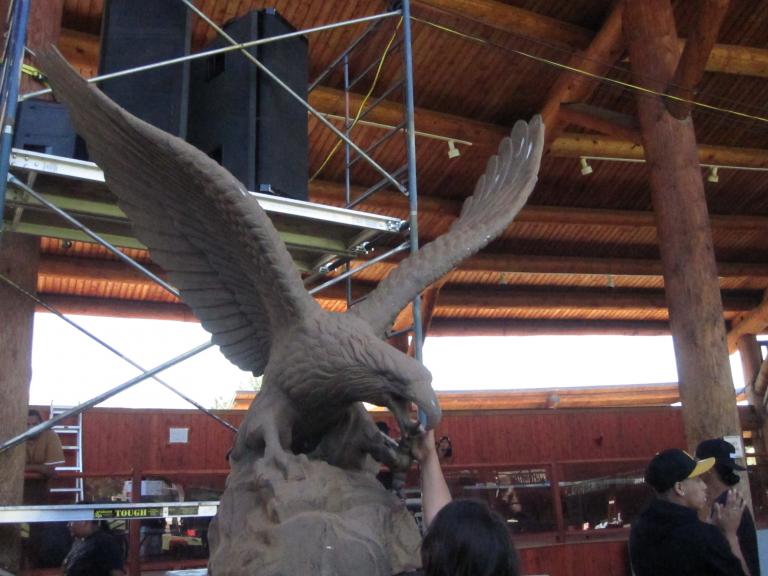
Ritual theatre is a way to bring together opposite ways of viewing the world and different ways of knowing to create together a way that embraces them all, where the tension between say reverence and celebration or words and music, pain and pleasure, can make both sides stronger. The logical and the irrational can share the stage, to their mutual benefit. Ritual is the principal project of neo-Pagan religions (which as of yet have not institutionalized nor begun to do a great deal of good works but have focused on the foundation project of personal transformation and community building through ritual). Ritual creates the parameters of the community, through shared activity and shared experiential mythology as a folk tradition and movement with a significant body of ritual art and literature.
Creating the ritualist in the modern context means seeing her in a folk context – not as an institutional religious specialist or generalist practitioner but as a community leader – which often means performative ritual and ritual as magical practice. Ritual is a principal means establishing community norms and the boundaries of the folk tradition. A set of standard repeated core elements is developed that occasional participants in ritual can readily recognize and participate in, that also encode important insights about life, the Gods, the seasonal round or whatever, for the regular and experienced participants.
So the energy of the ritual moves on several different levels – the adepts like the ritual leaders will experience it as a connection between the Earthly mundane day to day and the ultimate meanings underlying existence, while regular participants will experience their own lives as being meaningful in the context of the issues and ideas addressed through the ritual and will lend their energy to the ritual leaders through singing, dancing and through donating volunteer time and money, and the occasional participants will enjoy the theatre, the community drawn together and the sense, however vague, of a connection with something larger than themselves.
Each level lends energy to the accomplishment of the ritual’s purposes and rituals that are successful work to deepen each level – to bring the divine down to Earth, lift the community into a greater harmony with the ultimate, and provide an enjoyable community event for the lay members.
The magic of good ritual is its capacity to lead casual participants to feel something of the depths and be drawn toward a greater involvement and a deeper understanding. Ritual both celebrates a thing and creates it at the same time. Although the seasons turn, they do so without humans, but our rituals to connect create a human responsibility toward the natural cycles. And through our sense of apotheosis we can embody these significant and tremendous forces – Goddesses and Gods, natural forces, symbols of national or community identity, and bring the great forces down to earth through the bodies of ritualists so that we can directly interact with them.
Ritual also demands that we abandon rational calculation and enter fully into the experience. By releasing our fear and dropping our barriers to one another to trust the experience we release psychic energy that had been protecting our core sense of self and use this energy to progress further along toward our goals. A good ritualist provides a safe place for people to drop their fears and release this energy for their personal use and the spontaneous appropriation by the group.
The ritual attitude is of intense and significant participation but in a general sense we recognize that we are “playing” at these things. We suspend the usual connection between what we say and do and what we believe wholeheartedly or unequivocally. We are able to try out various thoughts and attitudes in order to see how they feel and how we feel when we others act as though they believe these things.
Magic is present where there is the prospect of intense sensation and also of transcendence. The best example is the rituals of sexual magic. Because sex is the principle of life and pleasure in life makes the world more valuable to us, more numinous and more real, the people having sex in the fields after the planting are deepening their personal bonds but also deepening their bonds to the earth. This ritual “gives body to the life principle among people and in nature. Nature and human life are intimately connected.” This is additionally powerful because it is an affirmation of connection and value – positive ritual draws strength from the connections that it builds.
Now, I am aware that I have not talked much here about details of ritual practices and beliefs. This is not because of “deep dark secrets too awesome for mere mortals” but because the number of books of rituals available is so large that you will all have read at least one or two and I don’t need to repeat the obvious. If this is not the case for you, then pick up a copy of Janet and Stewart Farrar’s Witch’s Bible, Starhawk’s Spiral Dance, Israel Regardie’s Ceremonial Magic or Middle Pillar, Aliester Crowley, or a good Golden Dawn collection and proceed – for the advanced (MA level) student I very highly recommend Catherine Bell’s Ritual Theory, Ritual Practice and Susan Greenwood ’s Magic, Witchcraft and the Otherworld or T.M. Luhrmann ’s Persuasions of the Witch’s Craft.
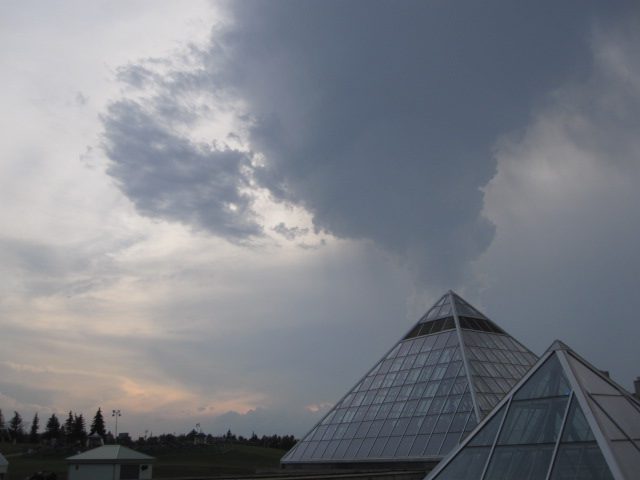
All rituals are tools for the larger purposes – every technique, ritual, tool, or practice should be tested ruthlessly against experience and discarded if it does not produce the result that is desired. We could discuss,techniques like intonation, visualization, poppet magic, sex magic, ritual dance and chant, the attributes of the various Goddesses and Gods, Tarot, sources for ritual and the means of reaching states of ecstasy, the eight Gardnerian Wiccan magical techniques… However, it bears repeating that magical ritual is a matter of what we do, why and where we are going with it, and not what we believe, and that the magical Will and desire are the key points.
Some may not understand the concept of Mystery. A Mystery is not a secret – secrets are generally trivial matters of fact which anyone who can read or speak can eventually discover – the details of the Gardnerian Book of Shadows or the secret rituals of Masonry, for examples. The Mysteries which are the centre are direct experiences of the ultimate reality behind appearances which reveals itself to us through ordinary facets of life and experience. There is, for example, the Mystery of Birth – a simple fact which all of us have experienced at least once, but one which continues to unfold deeper and deeper levels of meaning as we engage with it and contemplate it and experience it again – the experience of being born differs from that of giving birth, differs from witnessing a birth, or the birth of ones own child, fathering differs from mothering, and so on. And there is richness and depth in this one, quotidian, fact of life that could never be exhausted.
Equally the Mystery of Sex, or the Mystery of the Immanent Divine, the related Mysteries of Prophecy and of the Transcendent and Infinite. We know them by experience, we construct or find meaning in them, and we will never exhaust them. And meaning is what we’re after, not details of ritual and belief. We need not believe in sex, it simply is, and we need not believe in meaning within sex, it necessarily unfolds with the experience if we are capable of going deeply into it. Belief is irrelevant to the Mysteries.
Next Week “Ritual for Others and the Community, Ritual Tools, Conclusion”






